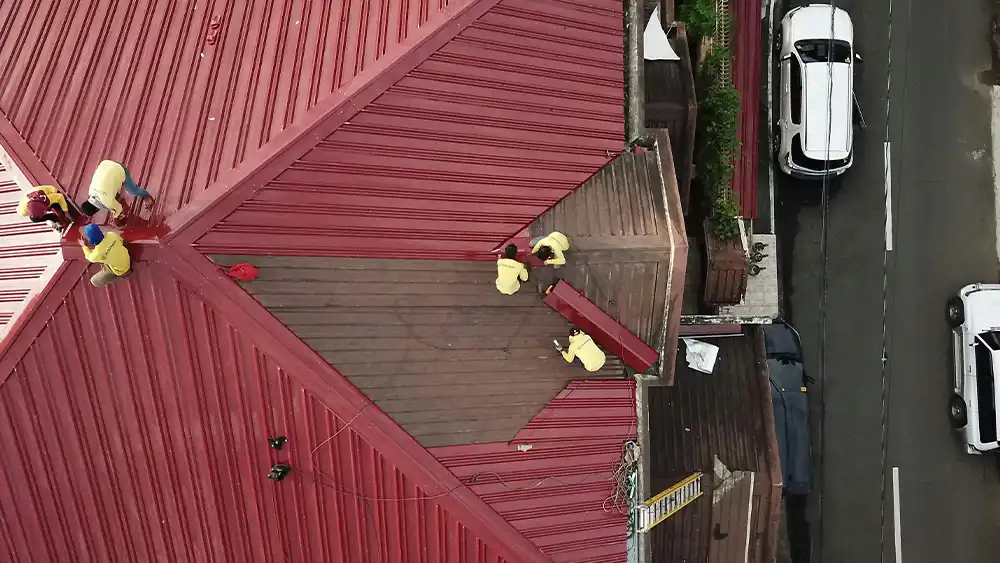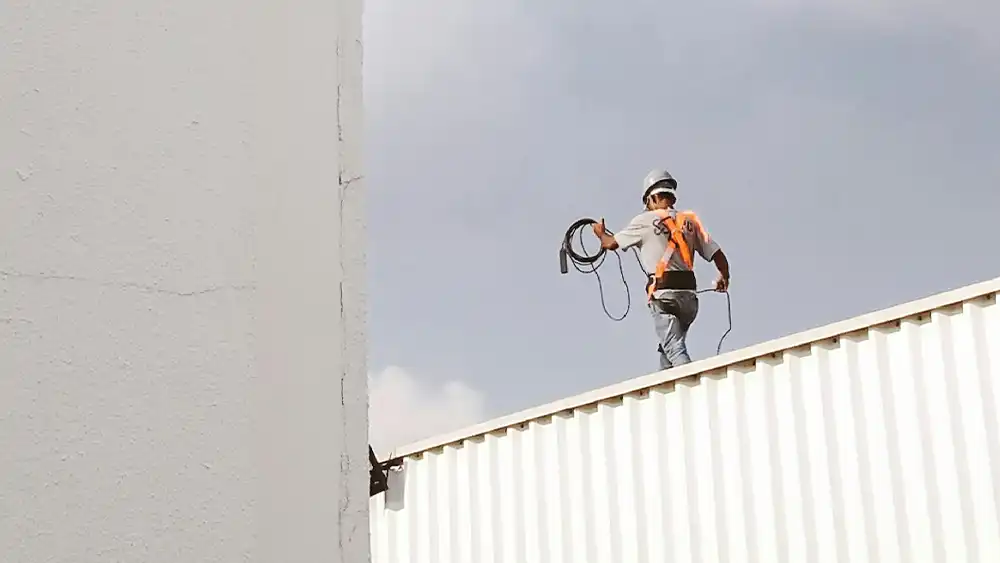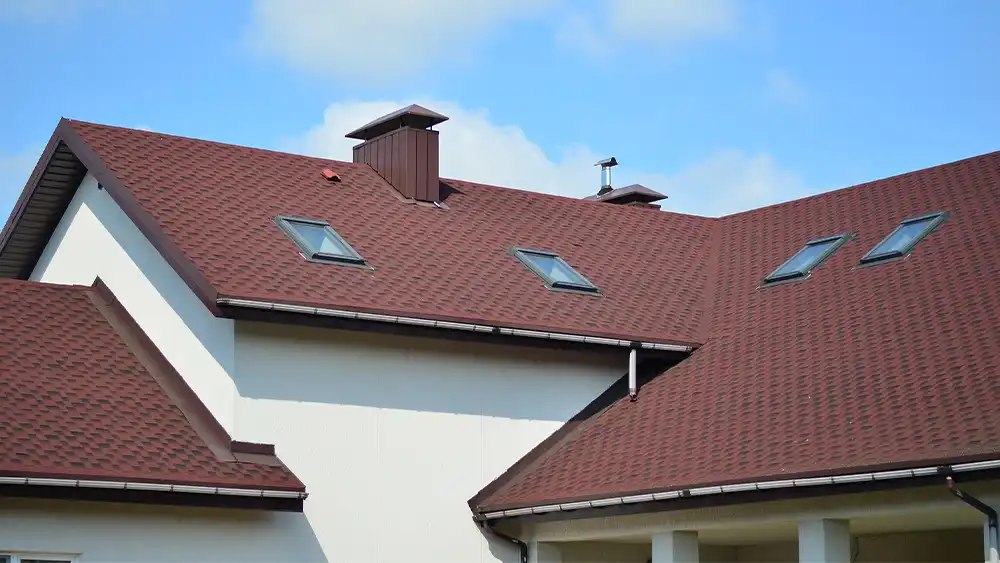8 Signs It’s Time to Replace Your Roof

Your roof is one of the most essential parts of your home, providing protection from the elements and keeping you safe and dry. Over time, however, it can suffer from wear and tear. While minor repairs might suffice in some cases, there comes a point when a roof replacement is necessary. Knowing when that time has come can help you avoid costly damage to your home’s structure.
8 Warning Signs Your Roof Needs to Be Replaced ASAP
Here are eight signs that indicate it’s time to replace your roof.
1. Rusted Gutters or Downspouts
One of the first things you should inspect when considering roof replacement is your gutters and downspouts. Rust and corrosion in these areas can indicate more than just a need for cleaning. It might signal poor drainage or water buildup caused by an aging roof. Over time, the roof’s shingles or materials can deteriorate, leading to water leaking into your gutters. If you notice your gutters are rusted or water is frequently pooling near them, it’s a good idea to inspect the roof itself. You can also read more about the benefits of having your roof professionally replaced. This can help you understand how replacing the roof can alleviate issues like water damage that contribute to rusted gutters.
2. Missing or Damaged Shingles
Shingles are your roof’s first line of defense against weather elements, so when they start to curl, crack, or even fall off, it’s a clear sign that your roof is nearing the end of its life. Missing or damaged shingles can compromise your roof’s ability to protect your home from rain, snow, or strong winds. If the damage is isolated, it might be possible to replace a few shingles, but if the problem is widespread, it’s time to consider a full roof replacement.
3. Leaks Inside Your Home
Water stains on your ceiling or walls are an obvious sign of roof damage. These leaks occur when the roof’s protective barrier becomes compromised, allowing water to seep into the interior of your home. Even a small leak can cause extensive damage over time, leading to mold, rot, and weakened structural integrity. If you notice leaks, don’t ignore them, as they could indicate that your roof is no longer able to do its job.
4. Sagging Roof Deck

A sagging roof deck is a serious problem that requires immediate attention. If the roof appears to be bowing or sagging in certain areas, it could be a sign of structural damage, typically caused by prolonged water exposure or age. A sagging roof can also suggest the buildup of moisture or even mold beneath the surface. If left untreated, a sagging roof can eventually collapse, causing severe damage to your home and possibly endangering your safety.
5. Excessive Granules in Gutters
As asphalt shingles age, they begin to lose their granular coating, which helps protect the shingles from UV rays and gives them their color. These granules will eventually start to accumulate in your gutters. If you notice an unusual amount of granules in the gutters during cleaning, this could be an indication that your roof is nearing the end of its lifespan. The loss of granules means the shingles are less effective at shedding water, which can lead to further damage and leaks.
6. High Energy Bills
If you’re noticing a sudden spike in your energy bills, it could be related to the condition of your roof. A compromised roof allows heat to escape during the winter and allows cool air to seep out in the summer, making your HVAC system work harder to maintain the desired temperature. A new roof with proper insulation can improve your home’s energy efficiency and lower your heating and cooling costs.
7. Age of the Roof

The age of your roof plays a significant role in determining whether it’s time for a replacement. Most roofs have a lifespan of 20 to 25 years, depending on the materials used. If your roof is approaching or surpassing that age, it’s wise to start thinking about a replacement. Even if the roof looks fine on the surface, age-related wear and tear can affect its performance, especially if the materials have become brittle or the structure has weakened.
8. Frequent Roof Repairs
If you find yourself calling a contractor for roof repairs more frequently than you’d like, it might be a sign that your roof is no longer worth fixing. Ongoing repairs can add up quickly, and at some point, it may make more sense to invest in a full replacement instead. A new roof will provide long-term protection while continuing to patch up an aging roof can lead to escalating repair costs and persistent problems.
Conclusion
Replacing your roof is a significant investment, but it’s also an important step in protecting your home from the elements and ensuring your safety. By recognizing these signs early, you can make an informed decision about whether it’s time to replace your roof. If you’re unsure about the condition of your roof, it’s always a good idea to consult a professional roofer who can assess the situation and provide expert advice.

news via inbox
Sign up and never miss out on the latest news and updates at HighStuff



